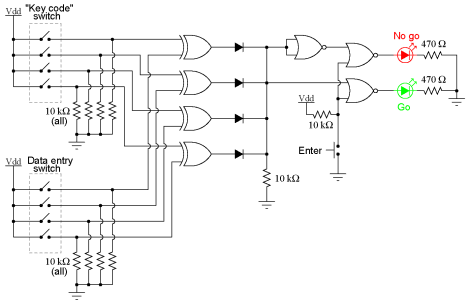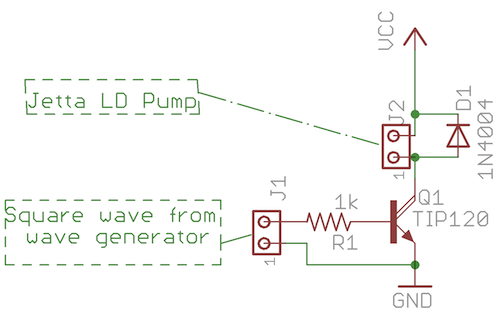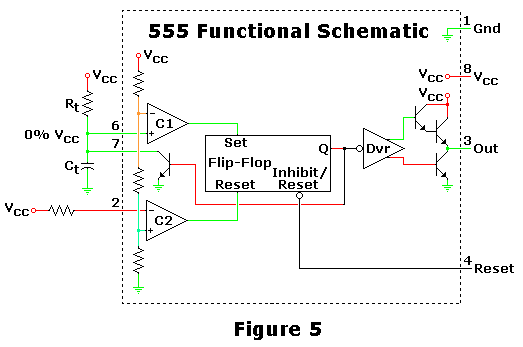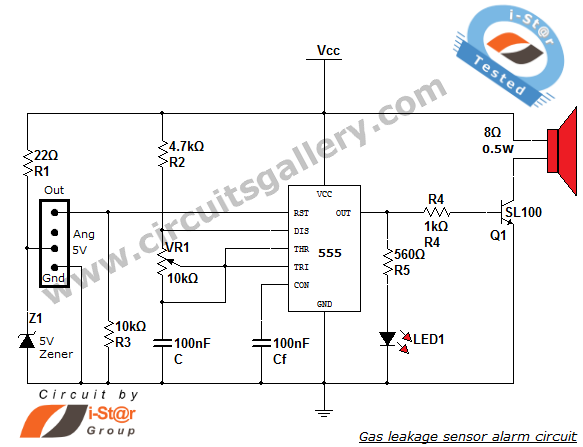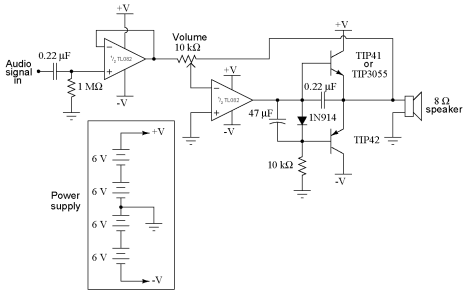
Engineering
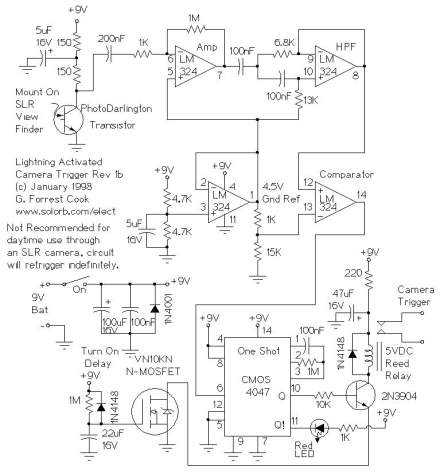
DMRC's uniqueness lies in how it has managed soft issues related to the general public affected by it. To alleviate traffic congestion and chaos around construction sites on main roads, DMRC deployed special personnel to assist Delhi Police. Cars navigating through muddy construction areas received washes from DMRC personnel. Other similar initiatives demonstrated DMRC's commitment and fostered strong public support. DMRC's concern for commuters is evident in features such as sari meshes in elevators to prevent flowing garments from getting caught. Now that the Metro Rail is operational, DMRC is training National Cadet Corps (NCC) students to teach travel etiquette to the notoriously unruly Delhi public. The driving force behind these efforts is E. Sreedharan, a 74-year-old, yoga-practicing civil engineer renowned for constructing the Konkan Railway, the largest railway project since India's independence. With the public sector's reputation often criticized, Sreedharan has achieved iconic status and is regarded as one of India's most respected figures. Business management students from institutions as distant as Harvard are visiting India to study the secret of its success. Engineering extends beyond mere calculations to ensure designs function effectively in real-world conditions, which is undeniably crucial. Successful engineers also manage projects that result in safe and efficient systems, taking into account the impact on individuals affected by these systems, both during creation and operation. The ability of engineers to grasp mechanical, project management, and financial realities is a significant factor in why engineering is a leading field of study for S&P 500 CEOs. When combined with qualities such as leadership, vision, and an understanding of the human impact of product features, these attributes create strong candidates for CEO positions. Data indicates that 23% of S&P 500 CEOs are engineering graduates, with economics following at 13%. This trend highlights why many engineering graduates ascend to CEO roles, as they gain practical problem-solving skills that provide a solid foundation for leadership, potentially leading all the way to the CEO's office.
The Delhi Metro Rail Corporation (DMRC) has implemented a series of innovative initiatives aimed at enhancing public relations and mitigating the impact of construction activities on the local population. By deploying specialized personnel to assist law enforcement in managing traffic around construction sites, DMRC has effectively addressed the challenges posed by urban congestion. The proactive measure of providing vehicle washes for cars traversing muddy construction zones exemplifies DMRC's commitment to maintaining public goodwill.
In addition to logistical support, DMRC has integrated thoughtful design features into its infrastructure, such as sari meshes in elevators, which serve to protect commuters wearing traditional attire from potential hazards. The ongoing training of National Cadet Corps (NCC) students in travel etiquette reflects DMRC's dedication to fostering a culture of respect and order among passengers, particularly in a bustling urban environment.
E. Sreedharan, the visionary civil engineer behind these initiatives, has become a symbol of integrity and excellence within the public sector. His leadership in the construction of the Konkan Railway has not only set a benchmark for engineering projects in India but has also attracted global interest from business management scholars seeking to understand the factors contributing to DMRC's success.
The emphasis on holistic engineering practices, which encompass not only technical proficiency but also project management and social responsibility, positions DMRC as a paradigm for future infrastructure projects. The integration of human-centric design and community engagement strategies is crucial in creating systems that are both effective and considerate of the populations they serve. As the trend of engineering graduates rising to leadership positions in major corporations continues, the lessons learned from DMRC's approach to public interaction and project execution will likely inform future engineering practices and leadership development programs.DMRC`s uniqueness lies in how it has managed soft issues related to the general public affected by it. To ease out traffic snarls and general chaos around construction sites on main roads, DMRC deployed special personnel to assist Delhi Police.
Cars driving through muddy construction areas were treated to washes by DMRC personnel. Other similar initiatives showed DMRC`s commitment and built strong public opinion in favor of it. DMRC`s concern for the commuter can be gauged from the fact that even the elevators feature sari` meshes to stop the flowing robes from getting caught in the gap. And now that the Metro Rail is in operation, DMRC is training National Cadet Corp (NCC) students (NCC is similar to Boy Scouts) to teach travel etiquette to the infamously unruly Delhi public.
The man behind this is a 74-year old, yoga practicing civil engineer. E. Sreedharan is famous for building Konkan Railway, the biggest railway project since India`s independence. With the public sector`s reputation so tainted, Sreedharan has attained an iconic status and is one of India`s most respected personalities.
And business management students as far away as Harvard are visiting India to study the secret of its success. There is more to engineering than, for example, calculating that the design will work in practice and not fail under real world conditions.
That is obviously very important. Additionally, successful engineers manage projects in a way that not only result in safe and efficient systems but also that make those that take into account the people that will be impacted by the systems (as the system is used and, as in this example, as the system is being created). The ability of engineers to understand the mechanical, project management and financial realities is a big reason engineering is the leading field of study for S&P 500 CEO`s, in my opinion (add to those qualities leadership, vision and understanding the human impact of product features and you have a great CEO candidate).
The data shows that engineering (23% are engineering graduates, economics is next at 13%) is the leading field of study the reason for why so many engineering graduates become CEO`s is what is my opinion. Engineers get a great start by having to find solutions that work in practice. Given those that want to move into leadership a great base from which to build perhaps all the way into the CEO`s office.
🔗 External reference
The Delhi Metro Rail Corporation (DMRC) has implemented a series of innovative initiatives aimed at enhancing public relations and mitigating the impact of construction activities on the local population. By deploying specialized personnel to assist law enforcement in managing traffic around construction sites, DMRC has effectively addressed the challenges posed by urban congestion. The proactive measure of providing vehicle washes for cars traversing muddy construction zones exemplifies DMRC's commitment to maintaining public goodwill.
In addition to logistical support, DMRC has integrated thoughtful design features into its infrastructure, such as sari meshes in elevators, which serve to protect commuters wearing traditional attire from potential hazards. The ongoing training of National Cadet Corps (NCC) students in travel etiquette reflects DMRC's dedication to fostering a culture of respect and order among passengers, particularly in a bustling urban environment.
E. Sreedharan, the visionary civil engineer behind these initiatives, has become a symbol of integrity and excellence within the public sector. His leadership in the construction of the Konkan Railway has not only set a benchmark for engineering projects in India but has also attracted global interest from business management scholars seeking to understand the factors contributing to DMRC's success.
The emphasis on holistic engineering practices, which encompass not only technical proficiency but also project management and social responsibility, positions DMRC as a paradigm for future infrastructure projects. The integration of human-centric design and community engagement strategies is crucial in creating systems that are both effective and considerate of the populations they serve. As the trend of engineering graduates rising to leadership positions in major corporations continues, the lessons learned from DMRC's approach to public interaction and project execution will likely inform future engineering practices and leadership development programs.DMRC`s uniqueness lies in how it has managed soft issues related to the general public affected by it. To ease out traffic snarls and general chaos around construction sites on main roads, DMRC deployed special personnel to assist Delhi Police.
Cars driving through muddy construction areas were treated to washes by DMRC personnel. Other similar initiatives showed DMRC`s commitment and built strong public opinion in favor of it. DMRC`s concern for the commuter can be gauged from the fact that even the elevators feature sari` meshes to stop the flowing robes from getting caught in the gap. And now that the Metro Rail is in operation, DMRC is training National Cadet Corp (NCC) students (NCC is similar to Boy Scouts) to teach travel etiquette to the infamously unruly Delhi public.
The man behind this is a 74-year old, yoga practicing civil engineer. E. Sreedharan is famous for building Konkan Railway, the biggest railway project since India`s independence. With the public sector`s reputation so tainted, Sreedharan has attained an iconic status and is one of India`s most respected personalities.
And business management students as far away as Harvard are visiting India to study the secret of its success. There is more to engineering than, for example, calculating that the design will work in practice and not fail under real world conditions.
That is obviously very important. Additionally, successful engineers manage projects in a way that not only result in safe and efficient systems but also that make those that take into account the people that will be impacted by the systems (as the system is used and, as in this example, as the system is being created). The ability of engineers to understand the mechanical, project management and financial realities is a big reason engineering is the leading field of study for S&P 500 CEO`s, in my opinion (add to those qualities leadership, vision and understanding the human impact of product features and you have a great CEO candidate).
The data shows that engineering (23% are engineering graduates, economics is next at 13%) is the leading field of study the reason for why so many engineering graduates become CEO`s is what is my opinion. Engineers get a great start by having to find solutions that work in practice. Given those that want to move into leadership a great base from which to build perhaps all the way into the CEO`s office.
🔗 External reference
Warning: include(partials/cookie-banner.php): Failed to open stream: Permission denied in /var/www/html/nextgr/view-circuit.php on line 713
Warning: include(): Failed opening 'partials/cookie-banner.php' for inclusion (include_path='.:/usr/share/php') in /var/www/html/nextgr/view-circuit.php on line 713
